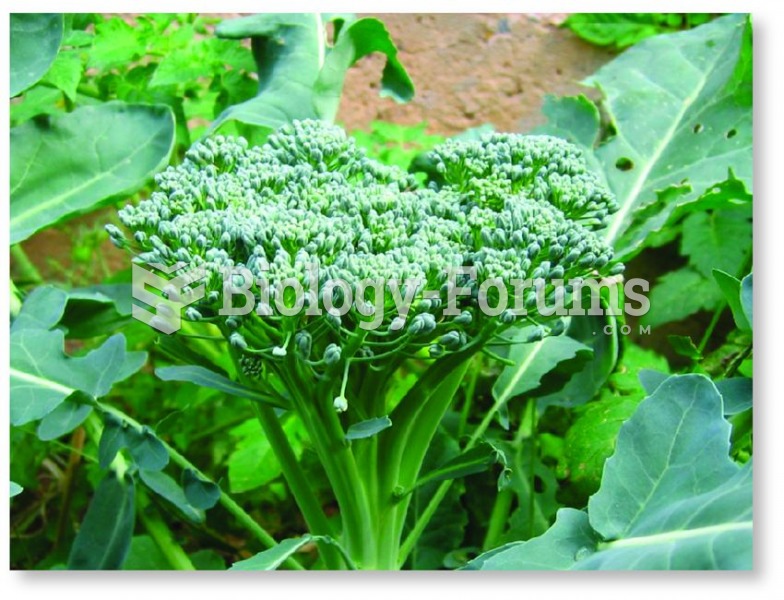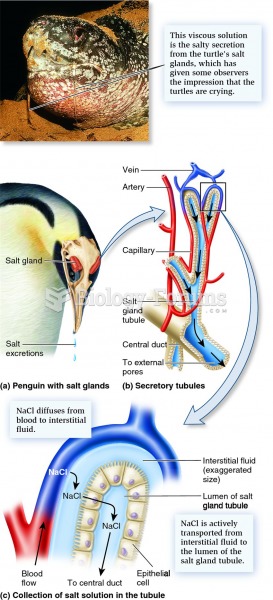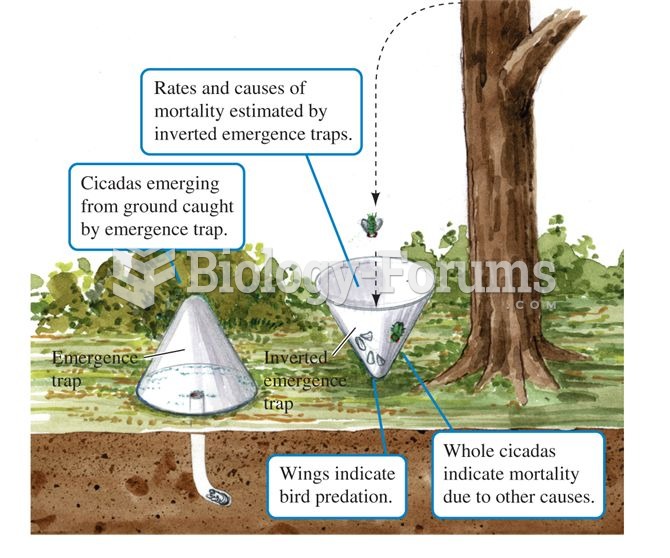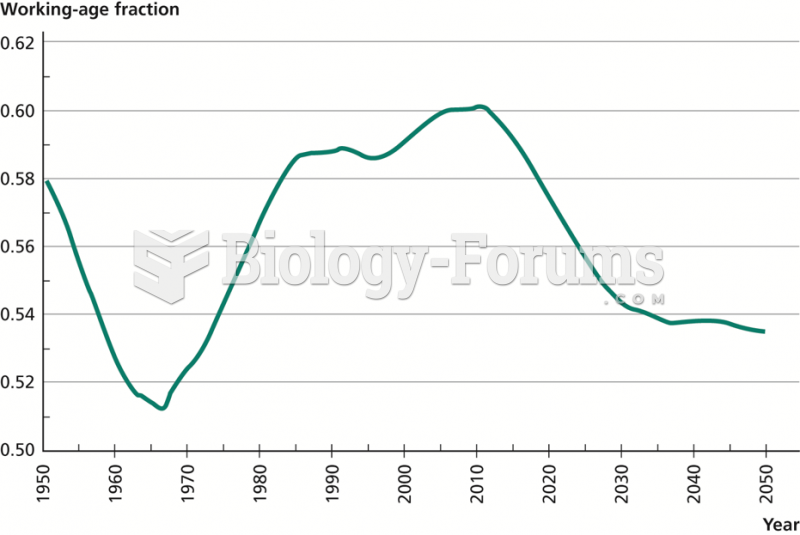|
|
|
Bacteria have been found alive in a lake buried one half mile under ice in Antarctica.
Earwax has antimicrobial properties that reduce the viability of bacteria and fungus in the human ear.
This year, an estimated 1.4 million Americans will have a new or recurrent heart attack.
The National Institutes of Health have supported research into acupuncture. This has shown that acupuncture significantly reduced pain associated with osteoarthritis of the knee, when used as a complement to conventional therapies.
The average older adult in the United States takes five prescription drugs per day. Half of these drugs contain a sedative. Alcohol should therefore be avoided by most senior citizens because of the dangerous interactions between alcohol and sedatives.







